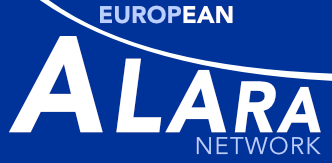Synthesis of the survey
Regulations
The regulations on radiation protection of aircraft crew are national regulations for every country answering the survey except for Sweden, which has implemented the international recommendations JAR-OPS 1. For most regulations, the main requirements are the following, for exposure higher than 1 mSv a year:
- Assess exposure of the crew
- Take into account the assessed exposure when organizing flight schedules
- Inform the workers on risk due to cosmic radiation
- Limit the exposure of pregnant workers
Some countries add several requirements such as monitoring (Finland, France), medical surveillance (France). Specific requirements (protection actions) are implemented for exposure higher than 6 mSv.y-1 in Belgium, Denmark, Finland, Germany, Ireland, Lithuania, Slovenia and Greece. In Slovenia a dose constraint of 2 mSv.y-1 is implemented.
The Figure 1 below presents the data concerning the number of aircraft crew exposed and the Figure 2 the associated annual effective dose (both average and maximum) when available.
The number of aircrew exposed varies from 213 in Lithuania to about 40,000 in Germany and the UK. Concerning the maximum annual effective dose, the highest dose are about 6 to 8 mSv for Denmark, Germany and Finland and the lowest is about 1.7 mSv in Slovenia. The average annual effective dose varies from 1 mSv for Czech Republic to 2.5 mSv for both Finland and Sweden.

Figure 1. Number of aircraft crew exposed

Figure 2. Average and maximum annual effective dose
